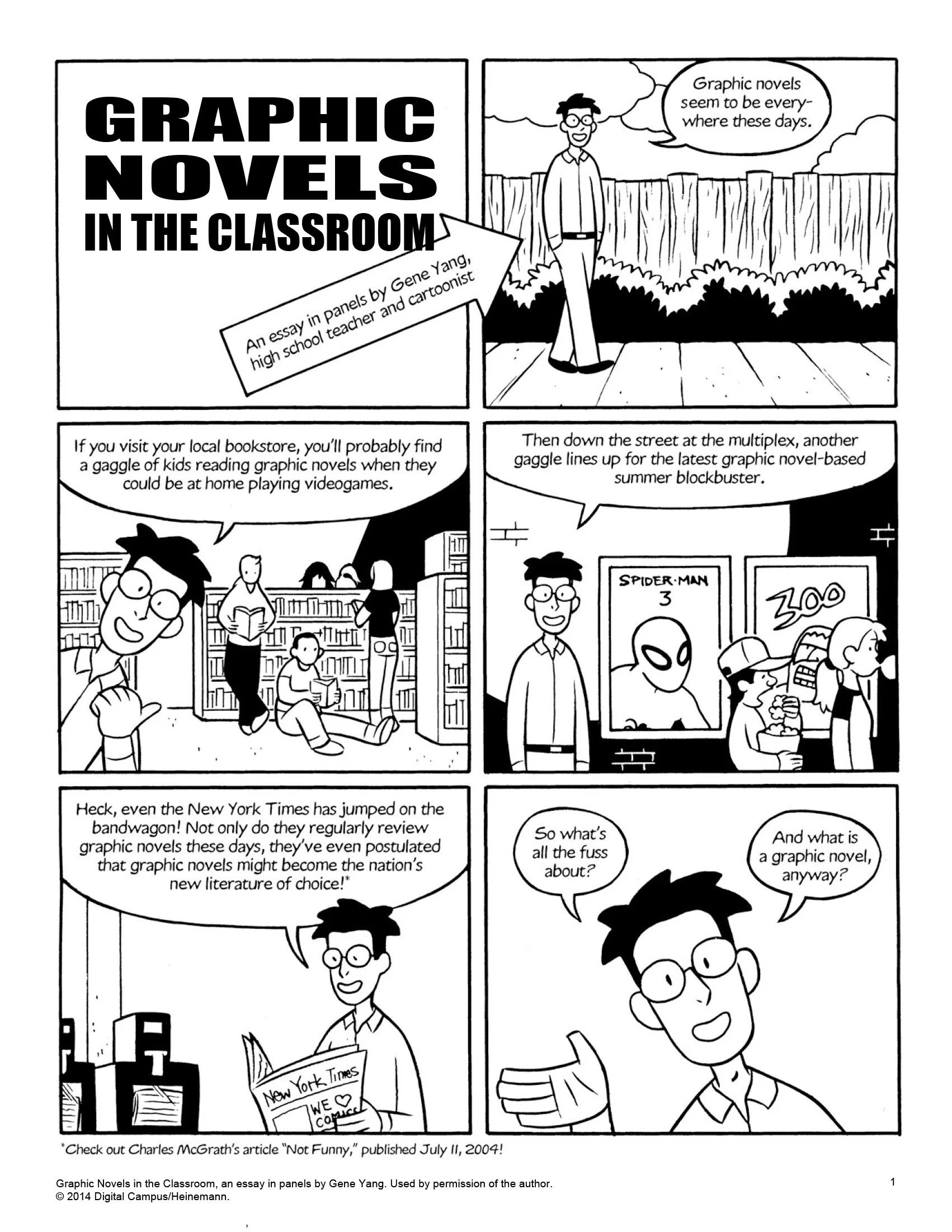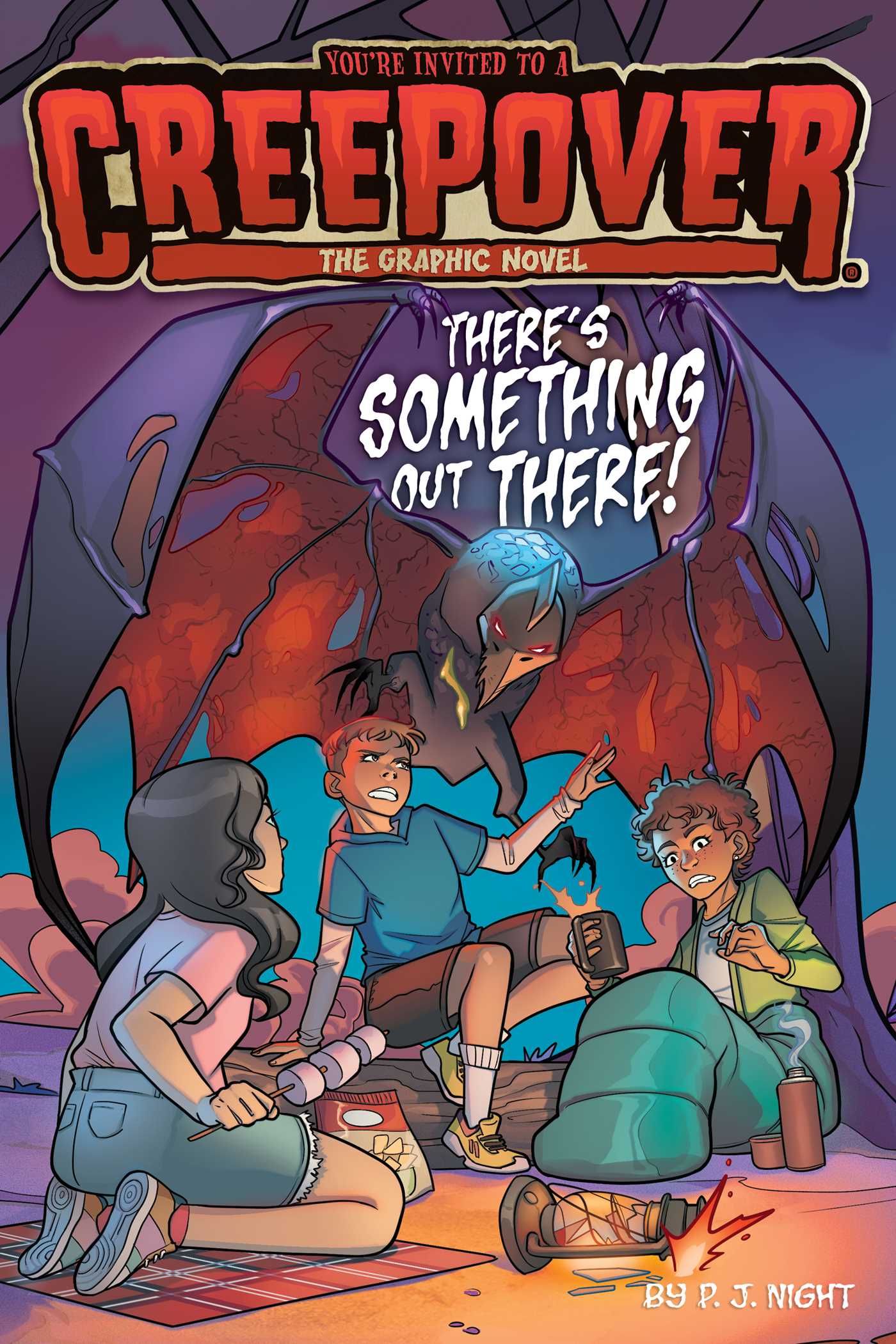
Graphic novels are an engaging and versatile medium for storytelling that combine text and art to create rich, immersive narratives. They are particularly effective in educational settings, offering students a unique way to develop literacy skills, enhance comprehension, and explore diverse genres and topics. Here are some excellent graphic novel examples for students that are perfect for classroom use. For additional support, students can also use resources like DoMyEssay report writing service to further improve their writing skills

Understanding Graphic Novels in the Classroom
Using graphic novels in the classroom can be a powerful tool for educators. These visual narratives help students with varying reading abilities to grasp complex themes and concepts through a combination of visual and textual elements. They also appeal to visual learners and can make challenging subjects more accessible. Middle school comics, in particular, are engaging for younger readers and can motivate reluctant readers to develop a love for reading. By integrating middle school comics into the curriculum, teachers can create a more inclusive learning environment that fosters creativity and critical thinking, making education both fun and effective.
Top Graphic Novel Examples for Students
Maus by Art Spiegelman
“Maus” is a groundbreaking graphic novel that depicts the Holocaust through the lens of a son interviewing his father about his experiences. The use of anthropomorphic animals to represent different groups adds a unique layer of symbolism and accessibility. This graphic novel is suitable for high school students and offers a profound exploration of history, memory, and identity. For middle school students, educators might explore resources from Bigheadlittlearms, which offers a variety of middle school comics. Integrating these comics into the curriculum can help engage students and make complex historical events more relatable and understandable.
Persepolis by Marjane Satrapi
“Persepolis” is an autobiographical graphic novel that narrates the author’s childhood and early adult years in Iran during and after the Islamic Revolution. It’s an excellent graphic novel example for students, providing insights into Iranian culture, politics, and the impact of war on personal and national identity. For students who need help with their assignments, using a report writing service can be beneficial in developing structured and well-researched papers. By combining the use of graphic novels like “Persepolis” and report writing services, educators can offer a comprehensive approach to learning that enhances both understanding and academic skills.
American Born Chinese by Gene Luen Yang
“American Born Chinese” interweaves three seemingly unrelated stories that converge to address issues of identity, culture, and acceptance. It’s a relatable and engaging read for middle and high school students, making it an easy student graphic novel example to introduce discussions about race, identity, and cultural heritage.
March Trilogy by John Lewis, Andrew Aydin, and Nate Powell
The “March” trilogy is a powerful recounting of the Civil Rights Movement through the eyes of John Lewis, a key figure in the movement. These graphic novels provide students with a vivid portrayal of historical events and are ideal for high school history classes, encouraging discussions about social justice and activism. For students needing assistance in crafting detailed and well-organized assignments, professional report writing services can be invaluable. By integrating graphic novels like the “March” trilogy and utilizing report writing services, educators can create an enriching educational experience that promotes both historical understanding and academic excellence.
Nimona by Noelle Stevenson
“Nimona” is a whimsical and action-packed graphic novel that follows the adventures of a young shapeshifter and her sidekick. Its humor and engaging storyline make it an excellent choice for younger students or those new to graphic novels, offering a fun and easy student graphic novel example.
The Arrival by Shaun Tan
“The Arrival” is a wordless graphic novel that tells the story of an immigrant’s journey to a new land. Its stunning artwork and universal themes make it accessible to students of all reading levels, highlighting the emotional and cultural challenges of immigration.


Why Use Graphic Novels in the Classroom?
Incorporating graphic novels in the classroom offers several educational benefits:
- Enhanced Engagement: The visual and textual combination in graphic novels can captivate students who might not be as engaged with traditional texts.
- Improved Literacy Skills: Graphic novels help students develop critical reading skills, such as inference and interpretation, by combining images and words.
- Diverse Learning Styles: They cater to visual learners and can be particularly effective for English language learners or students with reading difficulties.
- Cultural Awareness: Graphic novels often explore diverse cultures and histories, promoting empathy and global awareness among students.
Conclusion
Graphic novels are a versatile and impactful addition to educational settings. Whether you are looking for student graphic novel examples or seeking to integrate graphic novels for high school students, the titles mentioned above provide a range of genres and themes that can enhance your classroom experience. By embracing this medium, educators can foster a love for reading, improve literacy skills, and encourage critical thinking among their students.
For more personalized guidance and additional support in incorporating graphic novels into your curriculum, consider professional services like WritePaper.com. They offer expert assistance to help you create engaging and effective lesson plans tailored to your students’ needs.